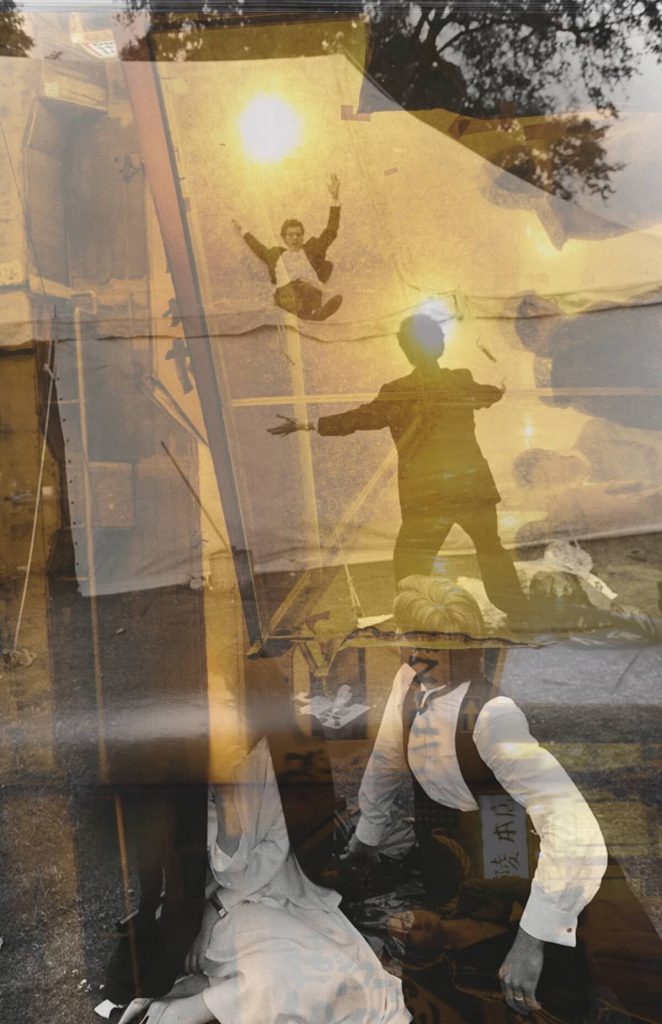The democratic transition in Central and Eastern Europe (CEE) at the very end of the 1980s and the beginning of the 1990s resulted in essential social changes. Although analysts may come to different conclusions as regards their nature, they do share a few common points. One of them is that after the fall of Communism, certainty has disappeared from the everyday life of ordinary people.
Download full article:
JANOS KARPATI MEDIA UNFREEDOM, HUNGARIAN STYLE FROM “APO” TO “KESMA”
In the Hungarian “Goulash Communism” period of the 1970s and 1980s, you did not have the freedom of choice, but certainly you could feel secure in a limited environment. Now, freedom has arrived, possibilities have opened up, and you bear much more personal responsibility for your own fate – and you will not necessarily belong to the winners.
However, if losers do not see real prospects to have a better future, they may tend to look back into the past. Why does it happen in one country, while another country manages to avoid it?
Hundreds of factors should be considered to find the answer, but now the fact is that a considerable part – though it can be disputed if it is the majority – of the Hungarian population is looking back into the past.
Looking back into the past – what does it mean, more precisely? After the third consecutive election victory of Fidesz in 2018, resulting in a two-thirds majority in parliament, the hopes of an upcoming change has faded in the minds of those opposing this power.
Many people have given up and they say there is no point in trying to influence politics any more. They retire to cultivate their own gardens, and this is exactly what Hungarian Communism – the Kadar era – was basically about: “do not bother about politics, enjoy what you can achieve in your private life”.
This is fertile ground for, among other things, creating a media environment where governmental propaganda is predominant. Opposition media outlets still exist (which differentiates the current system from the communist one), but they play a marginal role and their future is permanently uncertain.
Let us take a look at how this old-new media landscape was being created in Hungary in the last thirty years.
The Single-Party Model
Before 1989, in the single-party system, the Hungarian Socialist Workers Party was more powerful than state institutions. Political decisions were made in the Party, and state institutions were only executive offices. This was true for the media as well.
The Information Office of the Council of Ministers was a big, visible authority but the real power was in the hands of the Department of Agitation and Propaganda within the Party. This department was referred to as APO – a play on the word ‘apó’ (which is nearly identical to the abbreviation itself), which means ‘dad’ in Hungarian. The message was: Dad will take care of you, tell you what to read, watch, or listen to, so do not be bothered to think for yourself.
There existed no private television or radio channels at that time. The four daily newspapers with nationwide circulation were profiled and organized according to the needs of the ruling elite. The “leading” daily was Nepszabadsag, the central mouthpiece of the Party.
Magyar Hirlap was the official newspaper of the government (not to be confused with the Official Journal, publishing new laws and various legal documents). Apart from these, there was Nepszava – published by the National Council of Trade Unions; and Magyar Nemzet – published by the Patriotic People’s Front, which was an umbrella organization of different organizations loyal to the communist system (churches, peace movements, etc.).
The news editors-in-chief of the state-run television, the state-run radio, and the aforementioned dailies, plus the editor-in-chief of the Hungarian News Agency MTI, regularly met every Monday morning in the office of the head of the APO, the “agitprop boss”, who briefed them about the current requirements concerning the coverage of various topics.
Hungary was unique in the communist bloc not to have any censorship office. Instead, the editors-in-chief were well aware of the set expectations.



